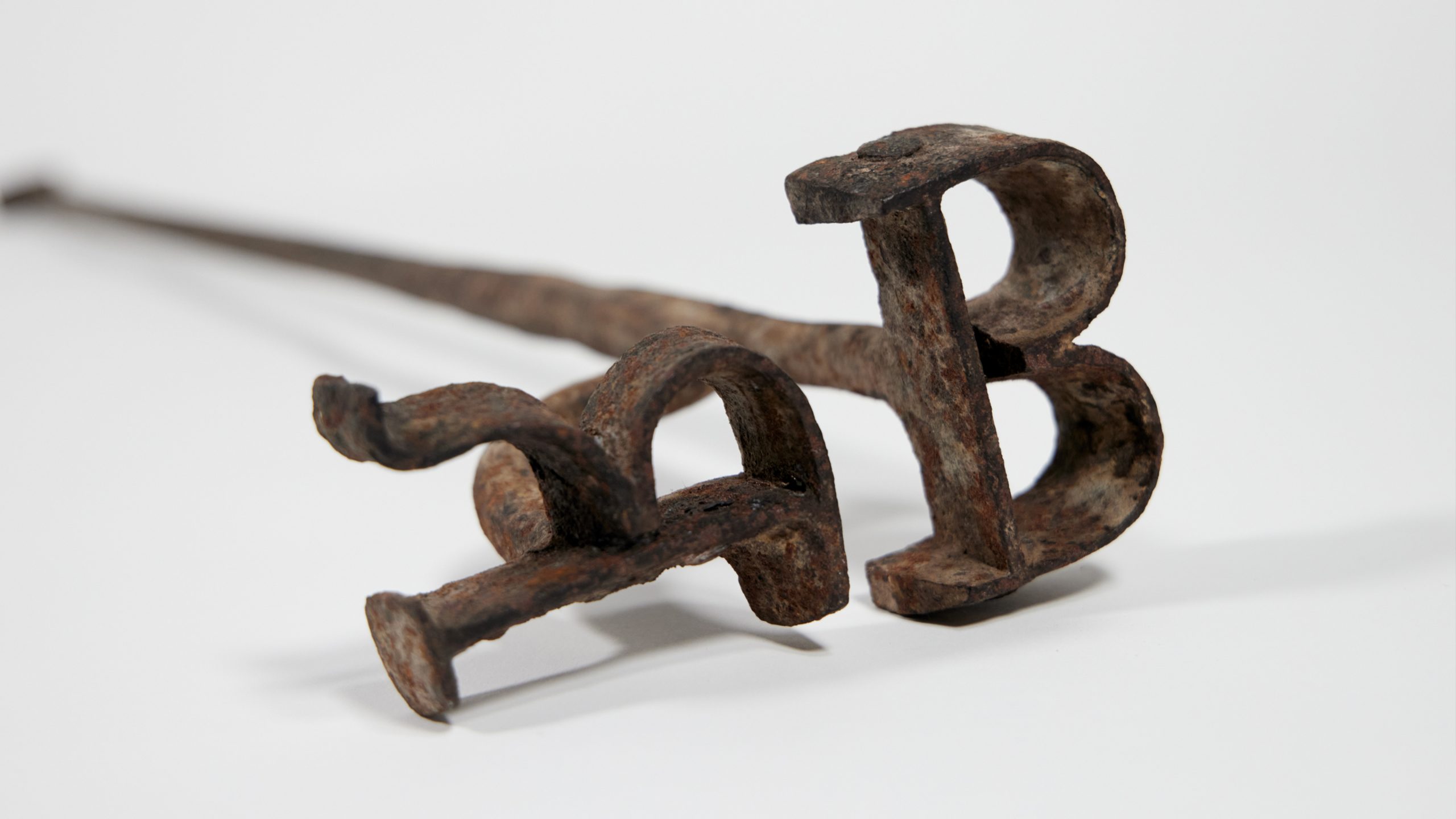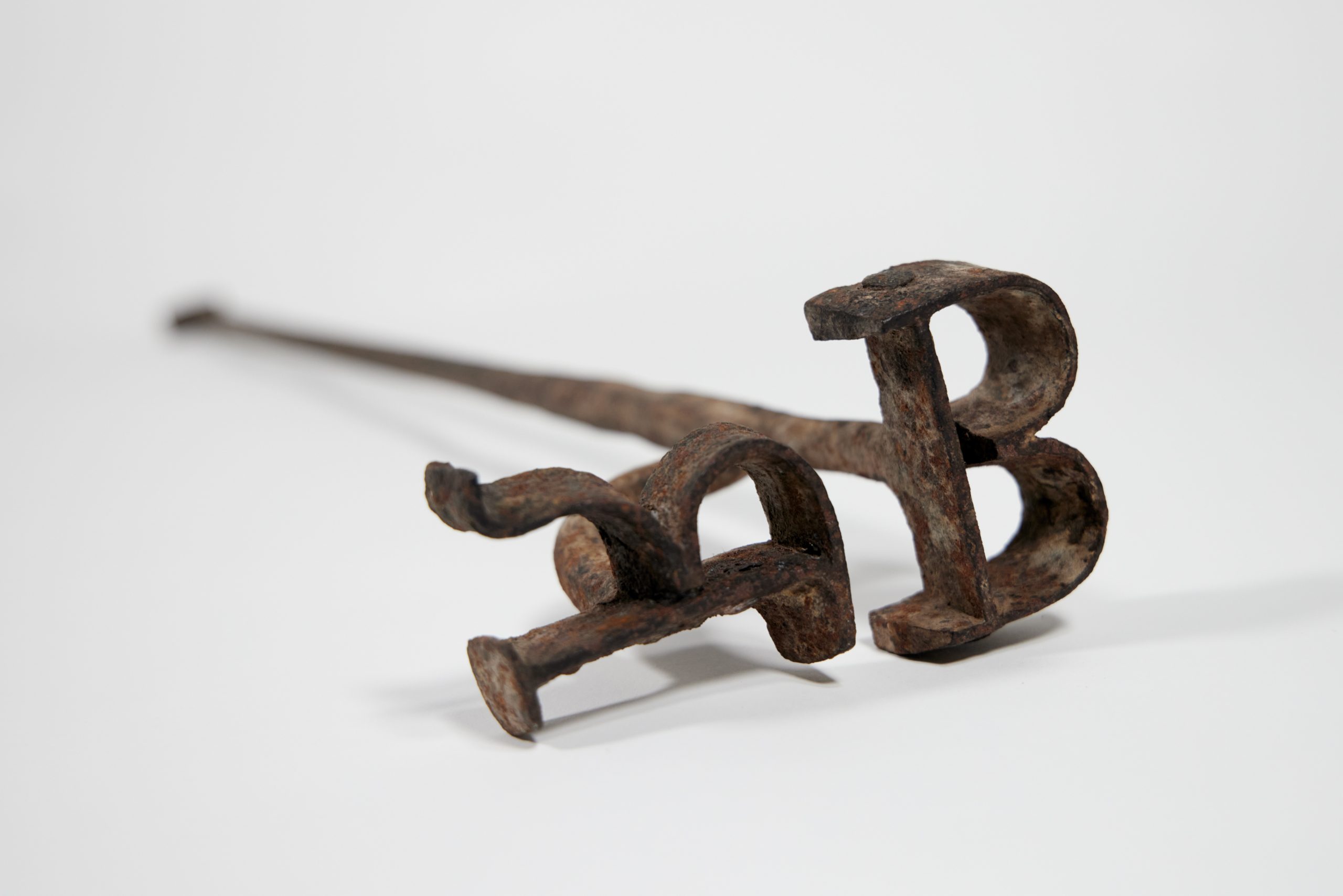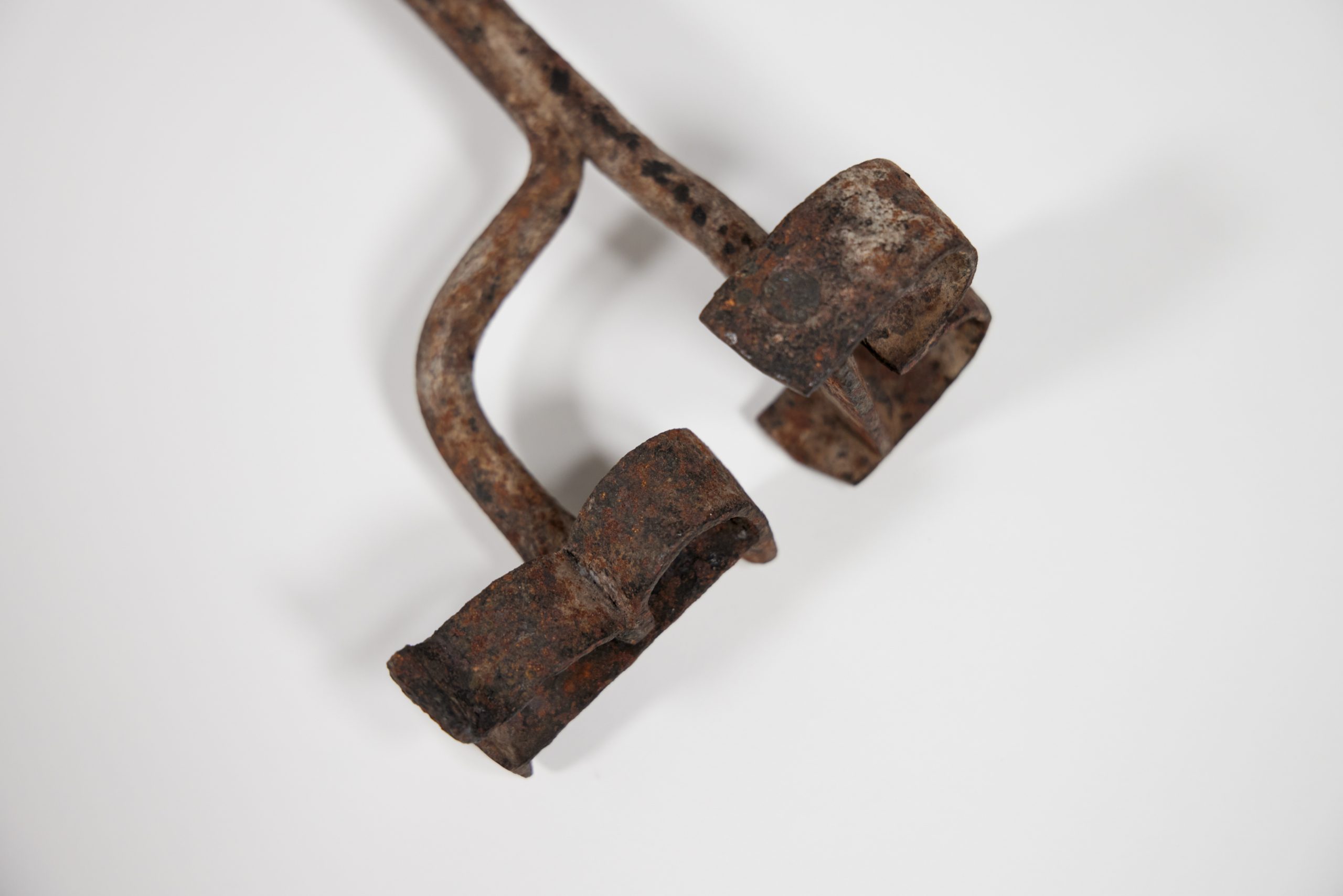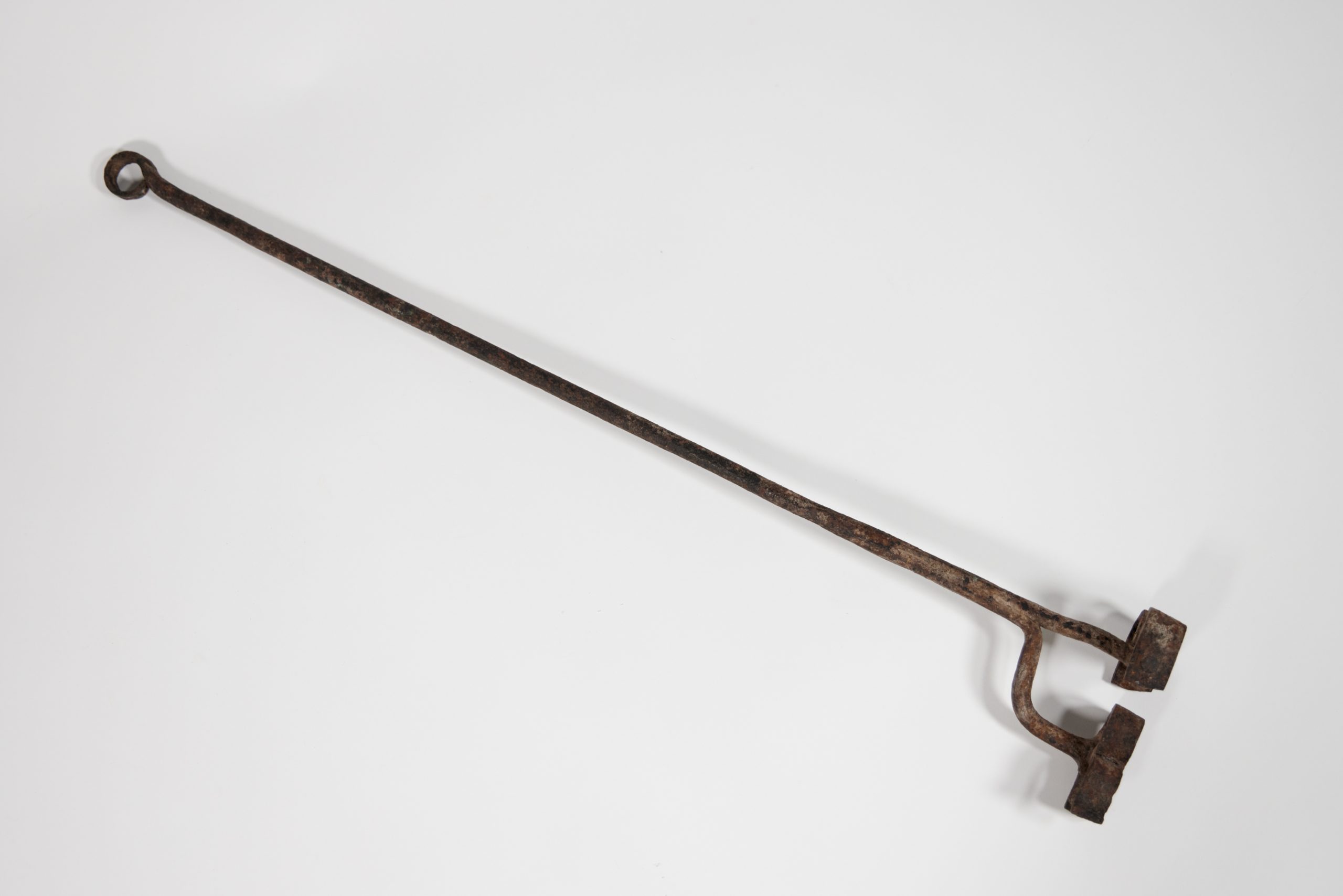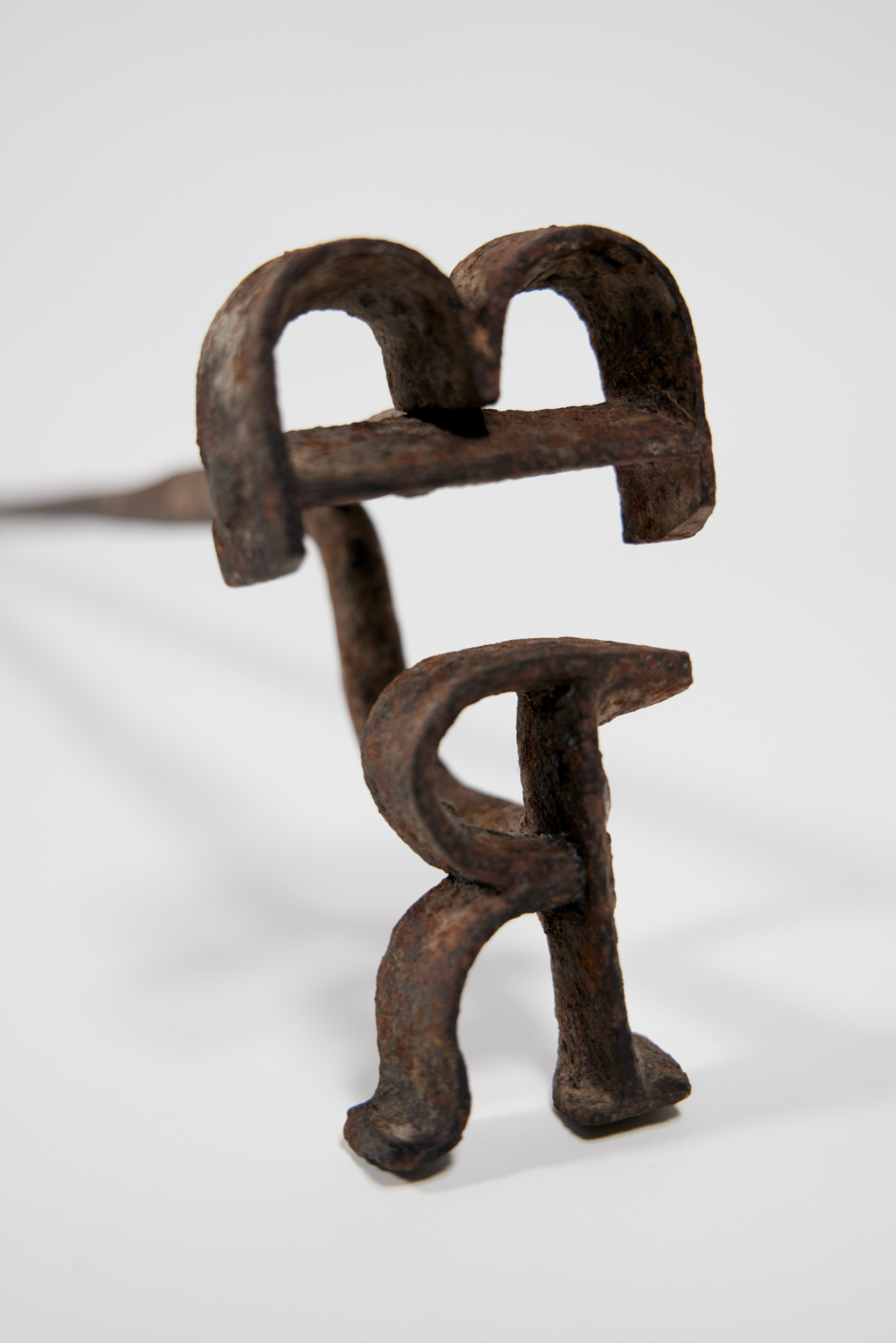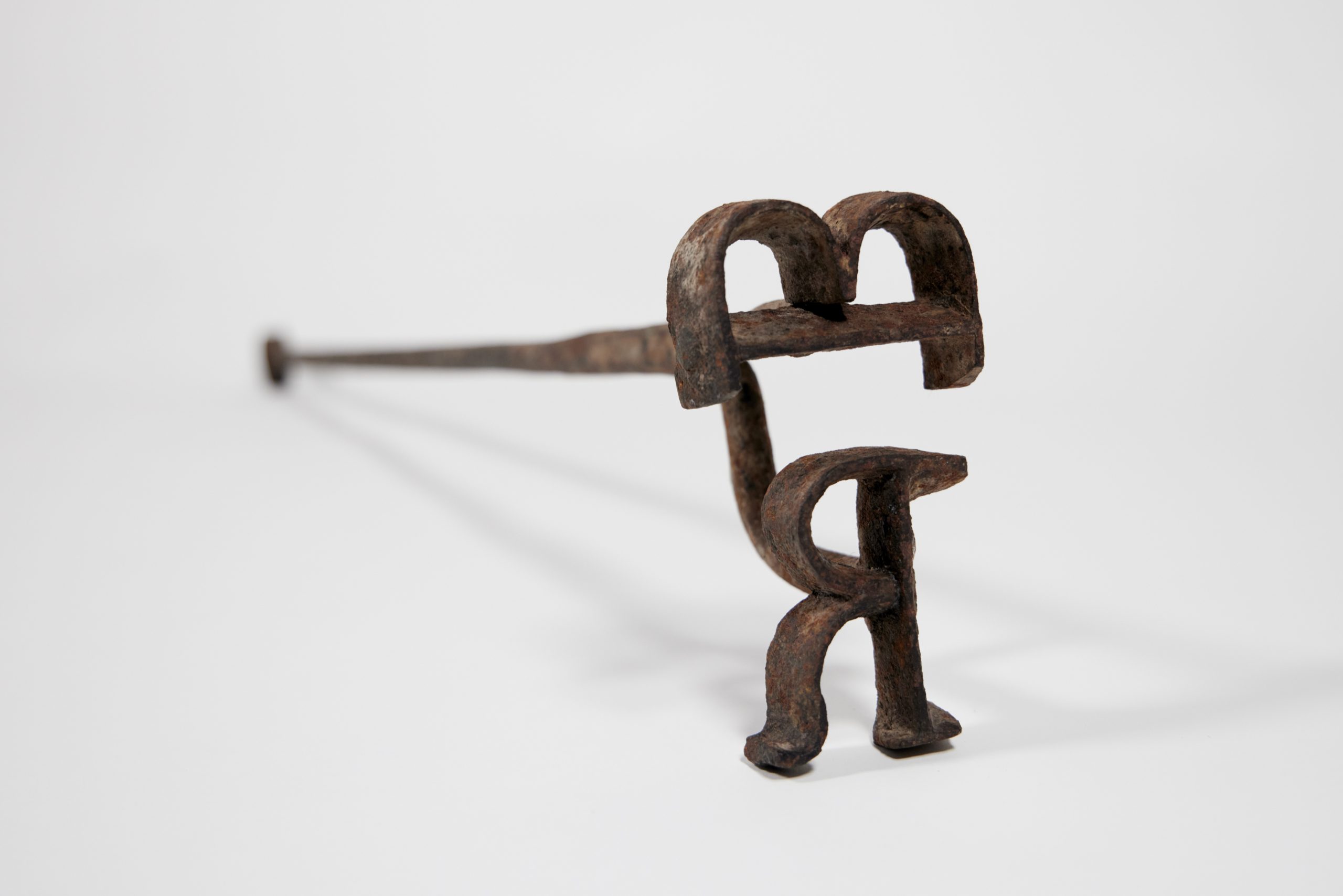A Brand New Law
Making the Mark of Ownership
In nineteenth-century NSW, owning horses and cattle was common. An important asset for many, losing a horse, cow or bullock could mean losing your transport or livelihood.
Livestock was a favoured target of thieves who were only abetted by patchy fencing and primitive communications. In the 1860s, newspapers fretted that cattle stealing had reached ‘alarming levels’ and theft of horses had become ‘a most serious matter.’
Most stock-owners branded their stock with a mark to identify them. A branding iron, like this one, was used by heating the letter design until red-hot and then pressing it into the animal’s hide to burn an impression. However, as the brand would only be recognisable in their own district, a centralised system was needed.
When the Minister for Lands, John Bowie Wilson (1820–1883), introduced the Registration of Brands Act 1866, it established a system in which every stock-owner registered their brand design. The government then published and distributed brand directories so they could be checked and recognised everywhere.
The brand design pictured—in branding terminology a ‘lazy B’ atop an R—was officially registered for horses by Robert Bery of Coonamble in 1869. If another person had been using this design, even for many decades, at this point they had to immediately cease or face a fine of 50 pounds (equivalent to around $10,000 today).
Most landowners welcomed the new system but some had complaints. The Act was very prescriptive and they resented its stringency. One squatter complained that his large herd of cattle were already all branded on the off-side rump but the new law compelled him to brand them all again on the near-side rump. In a letter to the Sydney Morning Herald he grumbled, ‘I expect the next Act will compel us to wear a certain description of clothes or breed a certain sort of stock!’


